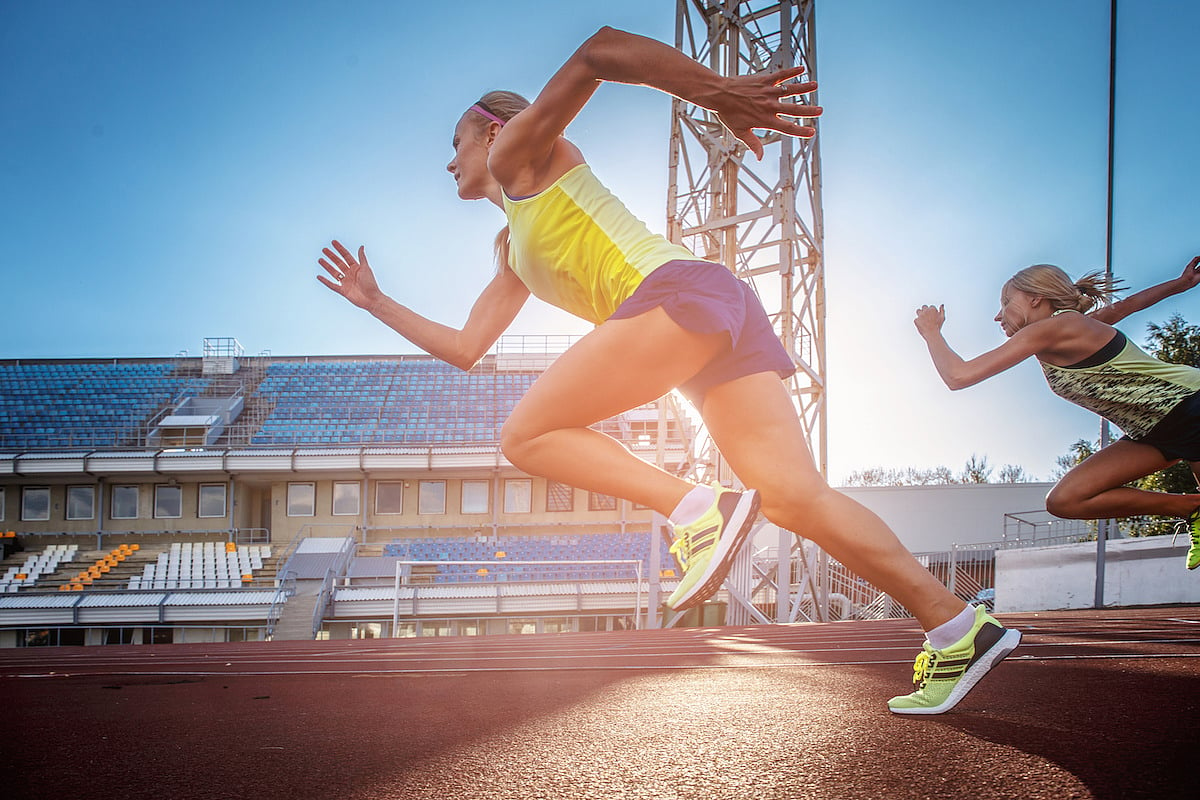If you are having trouble with our mobile app, you must remove and reinstall the app on your device.
Updating the app alone will not fix the issue. Your login will not be impacted. We sincerely apologize for this inconvenience.
Market Pharmacy is now G&G Pharmacy, conveniently located in Marketplace Foods on the corner of Hwy 2 & Broadway!
Same great staff and same great care!
Get Healthy!

- Posted July 26, 2024
Athletes Can Expect High Ozone, Pollen Counts for Paris Olympics
Bad news for Olympians headed to Paris -- high levels of ozone pollution and grass pollen are likely during the upcoming games if hot, sunny weather prevails, researchers said.
Ozone levels in Paris and its environs tend to exceed World Health Organization (WHO) recommended thresholds about 20 days per month between July and September, according to an analysis of air quality monitoring data from recent years.
“Air quality in Paris during the summer can be characterized mainly by high ozone levels in the afternoon, especially on sunny and hot days,†concluded the research team led by Valerie Bougault, an associate professor with the University Cote d’Azur in Nice, France.
Highly allergenic grass pollen will also be filling the air, although researchers noted those levels tend to fall between July and September.
Researchers said they undertook the study to help Olympic athletes and spectators best prepare for the games.
“By comparing these [air quality] levels with those in their area, athletes and spectators can see if they need to take steps to avoid or reduce their exposure,†the researchers wrote. “They can discuss this with their doctor and plan their activities to avoid the times and types of places where pollution is highest.â€
For the study, researchers analyzed air pollution readings from Paris and its suburbs taken between 2020 and 2023, as well as pollen counts gathered between 2015 and 2022.
In general, particle pollution and nitrogen dioxide levels fell below WHO standards between July and September, researchers found.
However, nitrogen dioxide levels did exceed WHO standards near areas with heavy traffic, the study noted.
Meanwhile, ozone pollution regularly exceeded WHO standards in Paris, typically peaking around 4 p.m. in the afternoon local time, results show.
Ozone can cause airway inflammation, potentially causing the airways to tighten. As a result, athletes and spectators might start coughing or find themselves short of breath.
The new study was published July 25 in the British Journal of Sports Medicine.
Athletes with allergies or asthma also should be aware that the Paris air will be laced with high levels of grass pollen, although general pollen levels are three times lower in summer than in spring, researchers said.
The extent to which air pollutants and allergens will affect athletic performance at the 2024 Paris Olympics is unclear, as research into this is limited, researchers noted.
“A recent systematic review found that the only evidence of respiratory symptoms and decreased lung function in the athlete population was for ozone,†researchers wrote. “However, the concentrations studied in the literature are well above those found in Paris.â€
More information
The U.S. Environmental Protection Agency has more on ozone pollution.
SOURCE: BMJ, news release, July 25, 2024






